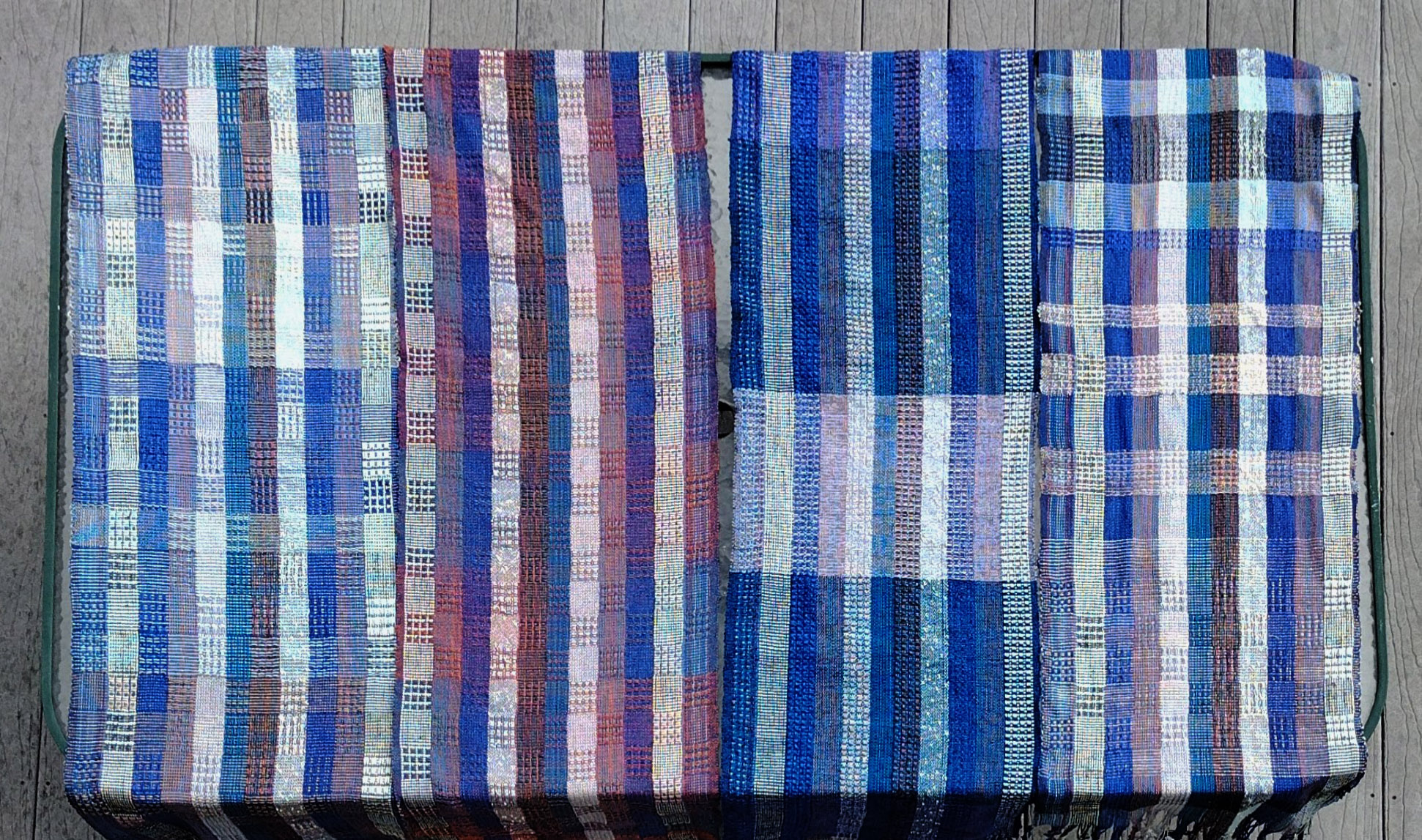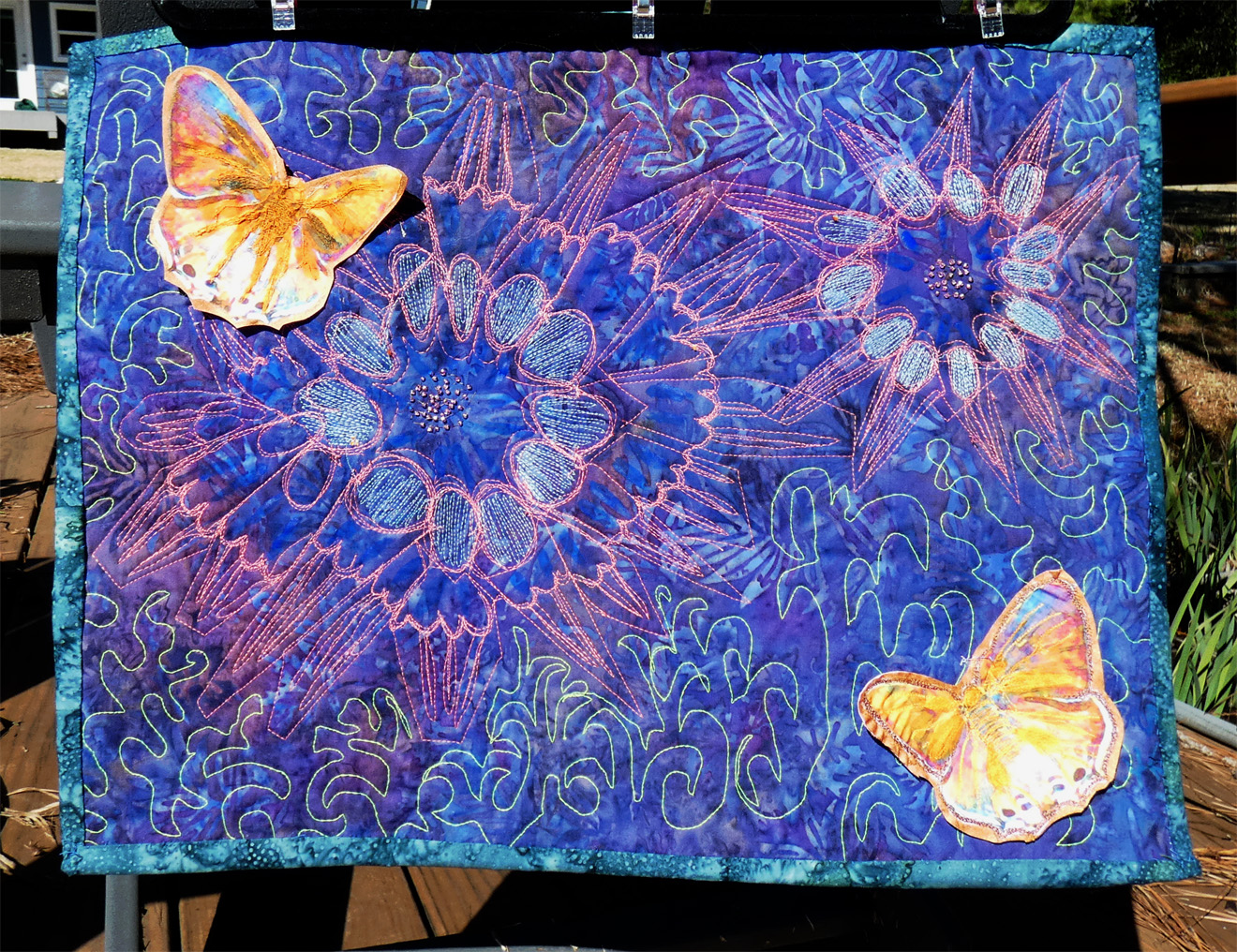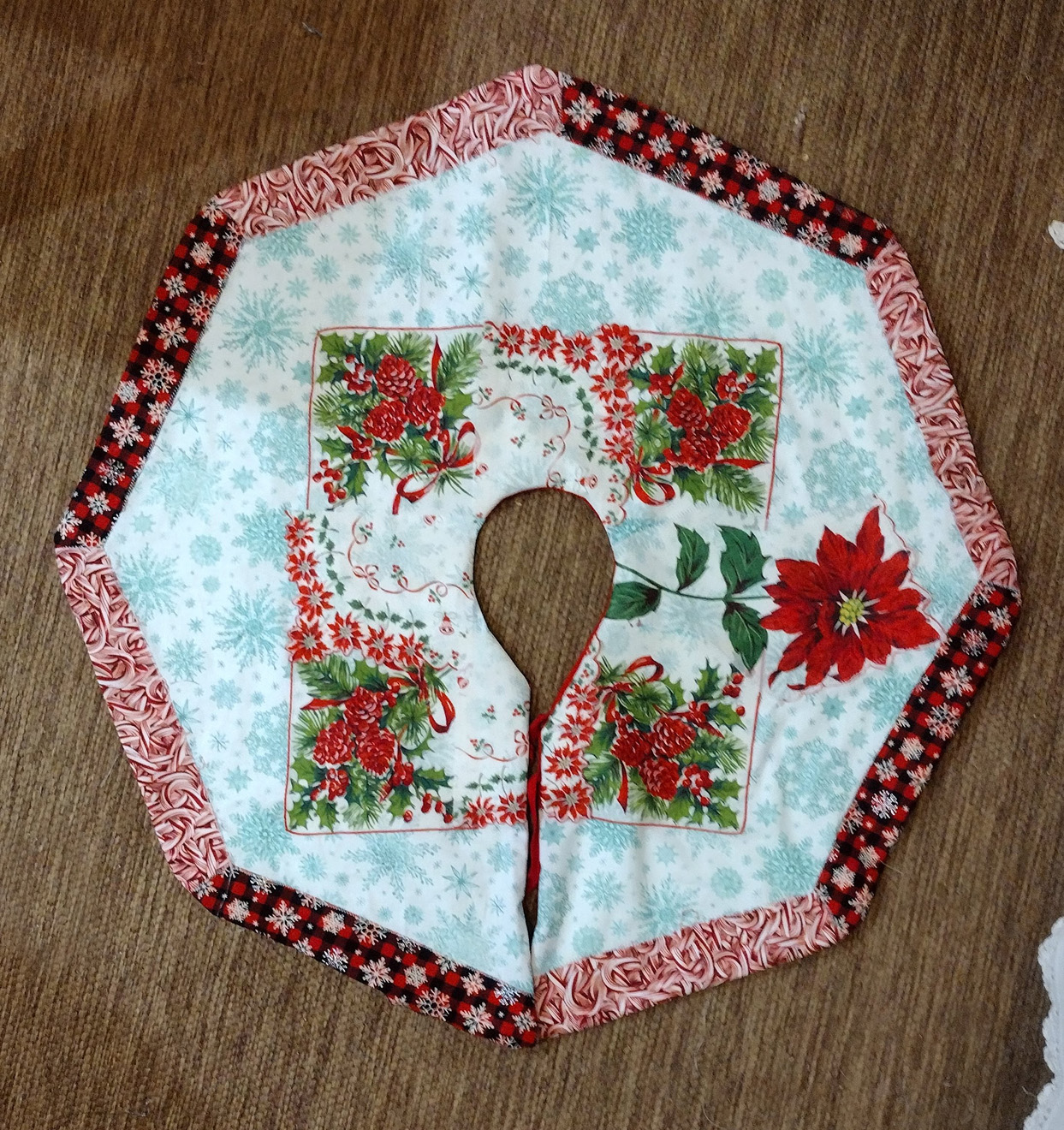Spinning Oak into Gold
As a textile artist, I have a soft spot in my heart for the spinners and weavers in nature. A few times a year, I come across these cocoons, usually on the ground after the moth has hatched.
The caterpillars have to start spinning on the outside and work in, sealing themselves inside.
Once I found an unopened one and kept it until it hatched, to discover that it was a Polyphemus Moth.
According to the guidebooks I have, these moths are widespread, and feed on a variety of trees and shrubs. I have only seen them on oak trees and leaves here. At a moth presentation, the speakers said that they don’t see them in the Houston area like they used to, so I am glad to have them here.














Fabulous photos.
Amazing photos!!
Wow. Fabulous cocoons and even more fabulous moth!
Nominated you for a blog award. If you’ve already been nominated for the Versatile Blogger Award, then ignore the rules and just take it as a sign of your awesomeness.
https://homegrownheaven.wordpress.com/2015/12/02/ridiculously-delighted/
Oh, how nice of you! Thank you!
Amazing photographs. I once brought a cocoon in the house and the moth emerged in secret, we were alerted to it in the middle of the night. You would be amazed at how loud those moth wings sounded in a darkened room in the middle of the night. Cheers to your beautiful photographs and post.
That would have been startling! I bet you had forgotten it was even in the house!
Oh, I saw to now and again, but just like all things in the house, a bit oblivious to what it could send forth!
I have at least 10 on some Red Oak trees I planted. Thanks for sharing his information as I love to learn new things.
It is good to hear you notice so many since a moth expert I heard speak is concerned that they might be declining. Thank you for commenting!
Pingback: Endeavourers Reveal Day 5 – Texture | Deep in the Heart of Textiles
Beautiful pictures!
Barbara x
Thanks, for once the macro shots worked pretty well! Hope all is well with you!
Thanks for the info. I found one in my yard today (on an oak tree leaf) here in south central PA and was wondering what it was. Thanks for helping me learn something new today!
You are welcome! I kept a few empty ones, thinking I would be able to turn them into some handmade paper, but it did not work for me. Maybe someday I will figure out a technique to use them somehow. 🙂